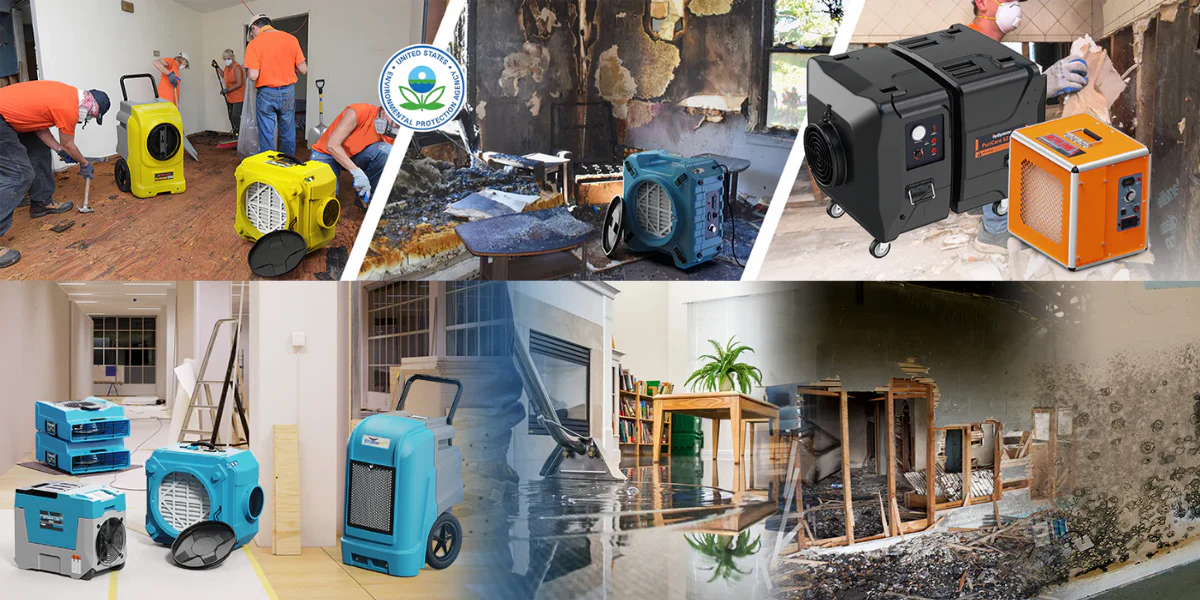Protect Your Home from Structural Water Damage
Protecting your home from structural water damage is essential to maintaining its safety, value, and longevity. Water intrusion can weaken the foundation, cause mold growth, and lead to costly repairs if not addressed promptly. The first step in safeguarding your property is understanding the common sources of water damage. These often include leaking roofs, faulty plumbing, poor drainage systems, and groundwater seepage. By identifying potential vulnerabilities early on, homeowners can take proactive measures to prevent serious issues.
Roof maintenance plays a crucial role in preventing water damage. Regular inspections should be conducted to check for missing or damaged shingles, cracks around chimneys or vents, and clogged gutters that may cause water overflow. Ensuring that gutters are clean and downspouts direct water at least several feet away from the foundation reduces the risk of pooling near your home’s base. Additionally, sealing any gaps or cracks in exterior walls helps keep moisture out before it has a chance to penetrate deeper into the structure.
Another important aspect involves managing indoor plumbing systems effectively. Leaks under sinks or behind appliances might go unnoticed but can slowly degrade wooden beams or drywall over time. Installing leak detectors near vulnerable areas provides an early warning system that allows you to fix problems before they escalate into major damage. It is also wise to schedule routine plumbing inspections with professionals who can identify hidden issues such as corroded pipes or faulty seals.
Proper grading around your property ensures rainwater flows away from the house rather than toward it. Soil should slope gently downward from the foundation so excess moisture does not accumulate against basement walls or crawl spaces where it could seep inside through cracks or porous materials like concrete blocks. For properties prone to flooding due to location or heavy rainfall patterns, installing sump pumps offers added protection by removing excess water quickly when necessary.
Ventilation within basements and crawl spaces helps control humidity levels which otherwise contribute significantly to structural deterioration over time through mold growth and wood rot. Using dehumidifiers during damp seasons prevents excessive moisture buildup indoors while maintaining fresh airflow promotes drying after any accidental spills or leaks occur.
In summary, protecting your home from structural water damage requires consistent attention across multiple areas including roof upkeep, plumbing care, proper drainage design, and interior humidity management. Taking these preventative steps helps preserve your investment by avoiding extensive repairs related to weakened foundations and compromised building materials caused by unchecked moisture intrusion throughout your living space.

